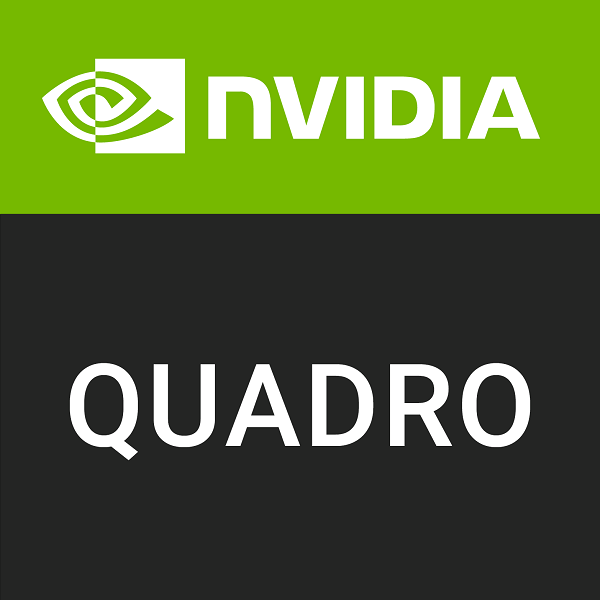NVIDIA RTX A500 Embedded vs Intel Arctic Sound-M
We compared two Professional market GPUs: 4GB VRAM RTX A500 Embedded and 16GB VRAM Arctic Sound M to see which GPU has better performance in key specifications, benchmark tests, power consumption, etc.
Main Differences
NVIDIA RTX A500 Embedded 's Advantages
Boost Clock1335MHz
Lower TDP (20W vs 500W)
Intel Arctic Sound-M 's Advantages
More VRAM (16GB vs 4GB)
Larger VRAM bandwidth (1229GB/s vs 96.00GB/s)
6144 additional rendering cores
Score
Benchmark
FP32 (float)
RTX A500 Embedded
5.468 TFLOPS
Arctic Sound M
+169%
14.75 TFLOPS
Graphics Card
Mar 2022
Release Date
Jan 2022
Quadro Ampere-M
Generation
Data Center GPU
Professional
Type
Professional
PCIe 4.0 x8
Bus Interface
PCIe 4.0 x16
Clock Speeds
435 MHz
Base Clock
-
1335 MHz
Boost Clock
-
1500 MHz
Memory Clock
1200 MHz
Memory
4GB
Memory Size
16GB
GDDR6
Memory Type
HBM2e
64bit
Memory Bus
4096bit
96.00GB/s
Bandwidth
1229GB/s
Render Config
-
-
-
16
SM Count
-
2048
Shading Units
8192
64
TMUs
256
32
ROPs
128
64
Tensor Cores
-
16
RT Cores
-
128 KB (per SM)
L1 Cache
-
2 MB
L2 Cache
8 MB
-
-
-
Theoretical Performance
42.72 GPixel/s
Pixel Rate
115.2 GPixel/s
85.44 GTexel/s
Texture Rate
230.4 GTexel/s
5.468 TFLOPS
FP16 (half)
29.49 TFLOPS
5.468 TFLOPS
FP32 (float)
14.75 TFLOPS
85.44 GFLOPS
FP64 (double)
3.686 TFLOPS
Board Design
20W
TDP
500W
-
Suggested PSU
900 W
Portable Device Dependent
Outputs
No outputs
None
Power Connectors
8-pin EPS
Graphics Processor
GA107S
GPU Name
Arctic Sound
-
-
-
Ampere
Architecture
Generation 12.5
Samsung
Foundry
Intel
8 nm
Process Size
10 nm
8.7 billion
Transistors
8 billion
200 mm²
Die Size
190 mm²
Graphics Features
12 Ultimate (12_2)
DirectX
12 (12_1)
4.6
OpenGL
4.6
3.0
OpenCL
3.0
1.3
Vulkan
N/A
8.6
CUDA
-
6.7
Shader Model
6.6





